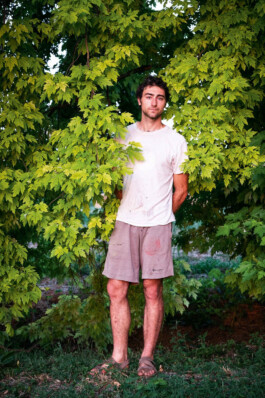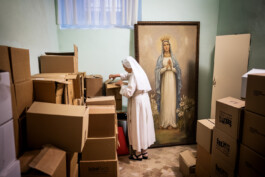
BAMBOLA
"Bambola" (Italian for "doll") examines the female imagery on Italian entertainment TV that is characterized by a variety of showgirls. Revealing costumes, heavy make-up and cosmetic surgery form the foundation of doll-like stereotypes which serve as orientation for young Italian girls.
As a general term for these female characters the word "Velina" has established itself. It comes from the satirical news show "Striscia la notizia", which exists since over 30 years and has more than 4.5 million viewers every day.
After a career as "Velina" some of them work as anchorwomen, where they must master the challenge of presenting not only content, but their own bodies as well. There are practically no alternative images of women available, particularly during prime time.
Credits
Part of the book Hure oder Heilige — Frau sein in Italien / Santa o sgualdrina — Essere donna in Italia, 2021
Publishing house — Edition Raetia
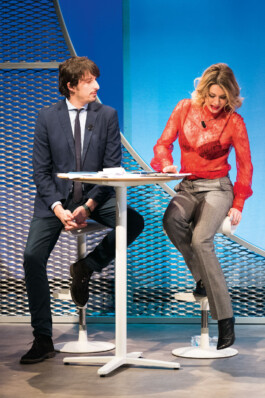
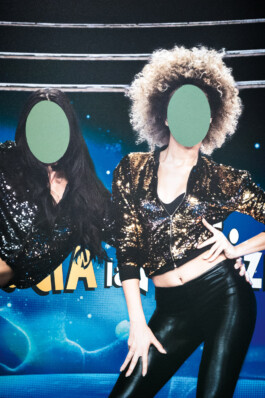
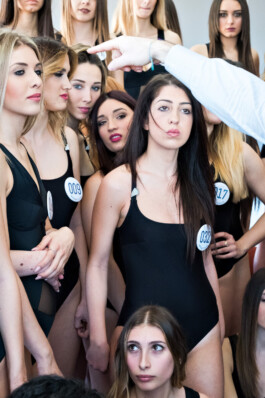
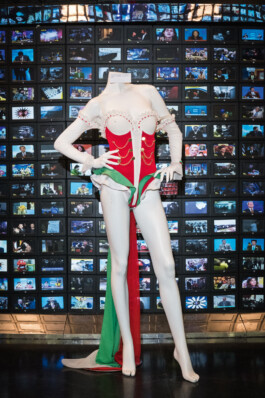

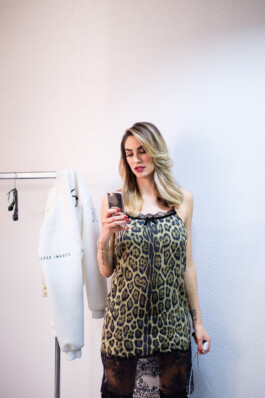
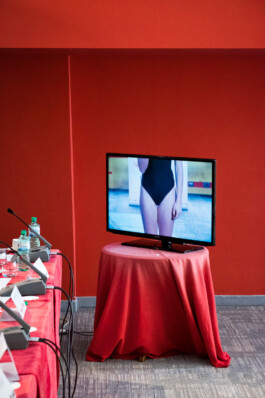
"In the past they've just worn very short skirts, today they speak sometimes, too. So the whole thing has evolved."
Mirko M., passers-by in Milan




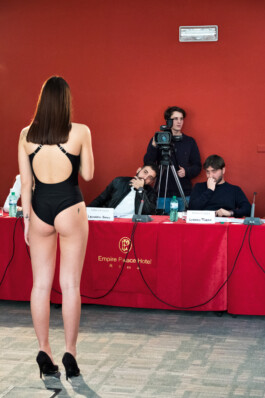

"A men shouldn't surgically alter his appearance, because a men must stay a men and not behave like a woman."
Jay Carol Gigli, DJ-Showgirl on the show "Mezzogiorno in famiglia" (discontinued in 2019)

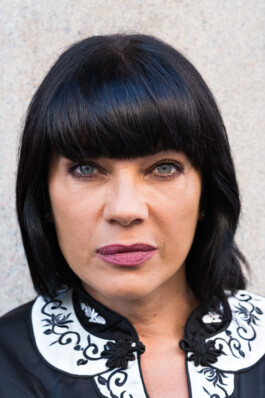
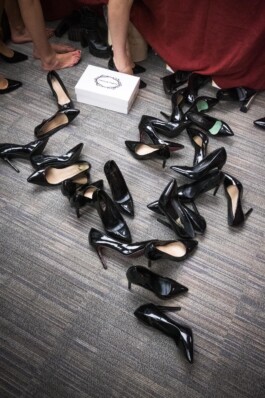


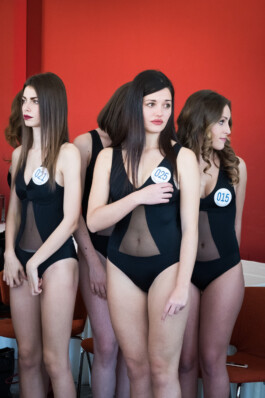


Related Projects

BAMBOLA
"Bambola" (Italian for "doll") examines the female imagery on Italian entertainment TV that is characterized by a variety of showgirls. Revealing costumes, heavy make-up and cosmetic surgery form the foundation of doll-like stereotypes which serve as orientation for young Italian girls.
As a general term for these female characters the word "Velina" has established itself. It comes from the satirical news show "Striscia la notizia", which exists since over 30 years and has more than 4.5 million viewers every day.
After a career as "Velina" some of them work as anchorwomen, where they must master the challenge of presenting not only content, but their own bodies as well. There are practically no alternative images of women available, particularly during prime time.
Credits
Part of the book Hure oder Heilige — Frau sein in Italien / Santa o sgualdrina — Essere donna in Italia, 2021
Publishing house — Edition Raetia







"In the past they've just worn very short skirts, today they speak sometimes, too. So the whole thing has evolved."
Mirko M., passers-by in Milan




"A men shouldn't surgically alter his appearance, because a men must stay a men and not behave like a woman."
Jay Carol Gigli, DJ-Showgirl on the show "Mezzogiorno in famiglia" (discontinued in 2019)










